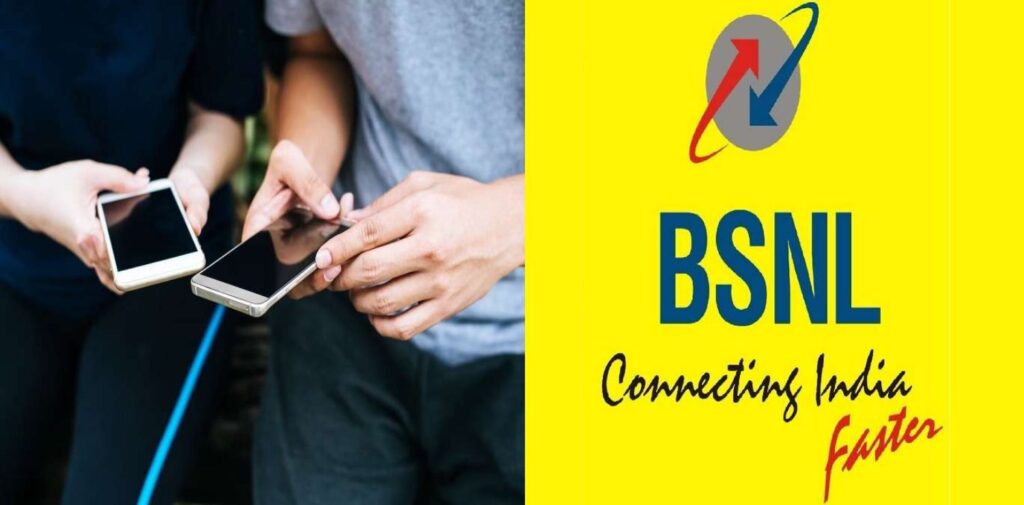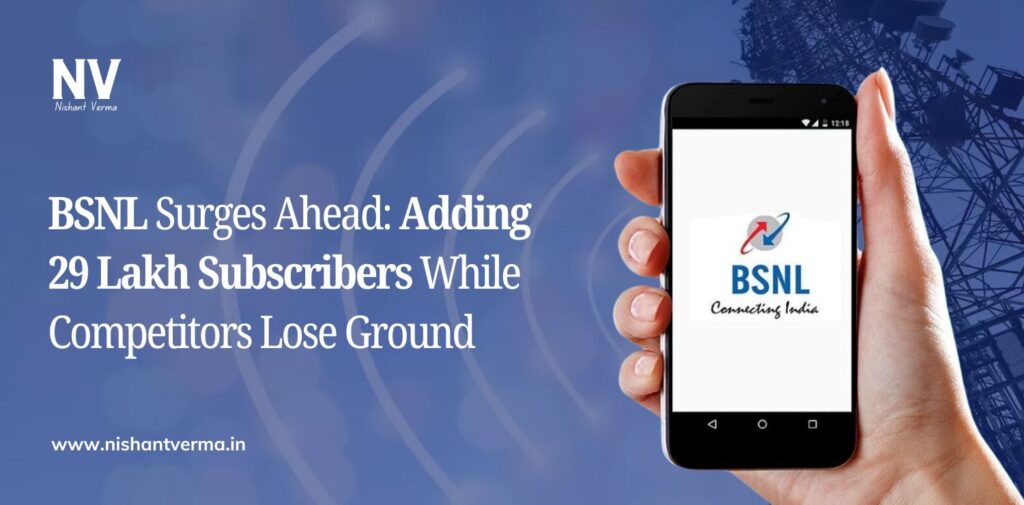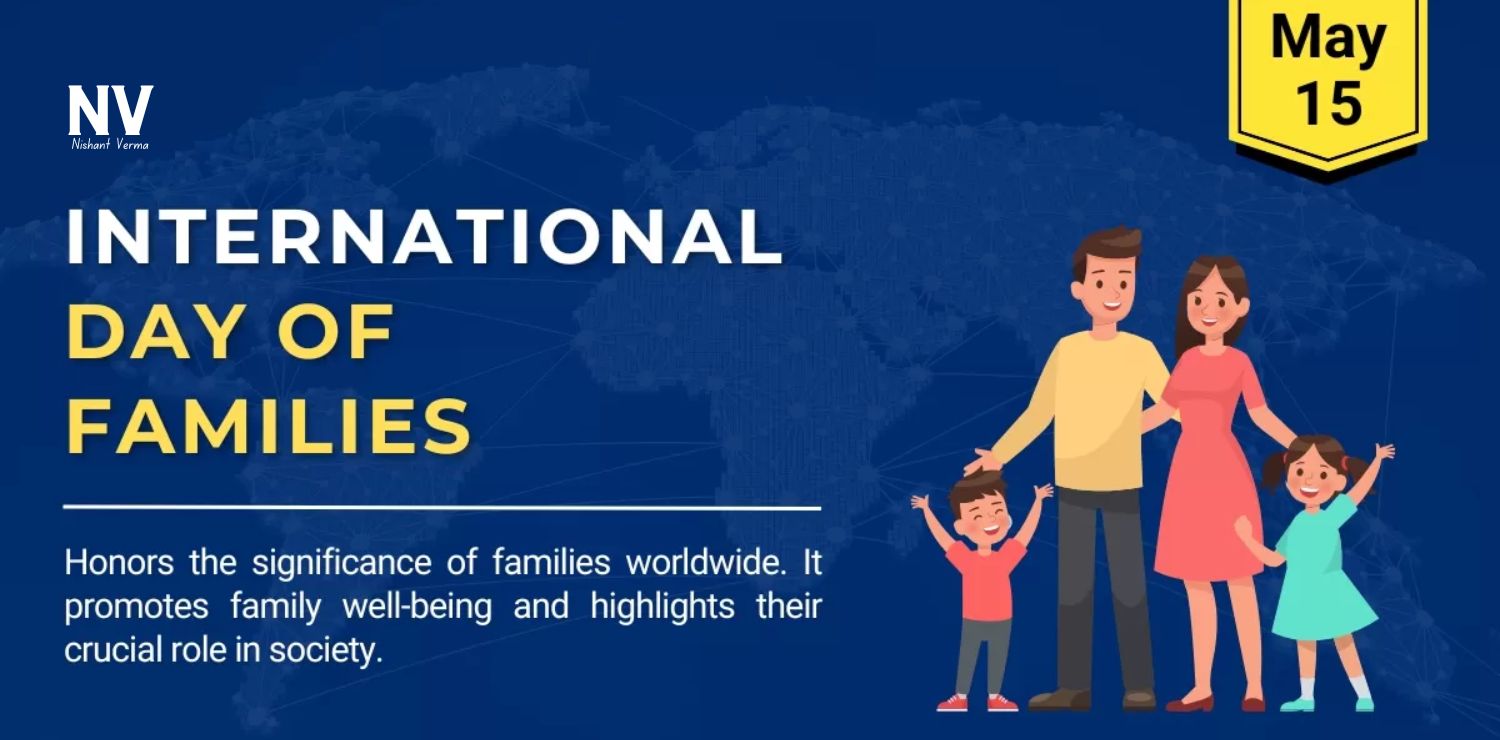In July 2024, a remarkable shift occurred in the Indian telecommunications landscape. Bharat Sanchar Nigam Limited (BSNL) welcomed an impressive 29 lakh (2.9 million) new subscribers. In stark contrast, competitors like Airtel, Jio, and Vodafone Idea faced significant subscriber losses, with Airtel losing 16 lakh, Jio shedding 7.5 lakh, and Vodafone Idea losing 14 lakh subscribers. This development not only highlights the growing preference for BSNL but also underscores the importance of affordable telecommunications in India.
Understanding the Subscriber Shift
BSNL’s Growth: A Testament to Affordability
BSNL’s robust growth can be attributed to its commitment to providing affordable services. As a government-owned entity, It has focused on ensuring that even the most economically disadvantaged sections of society can access mobile and internet services. The introduction of low-cost plans has been pivotal in attracting users who may have found the prices of private operators prohibitive.
It offers a range of plans tailored to different needs. From daily data packs to monthly unlimited calling schemes, their pricing strategy is designed to cater to a wide audience. This inclusivity is particularly crucial in a country like India, where income disparities can significantly affect access to communication services.
Competitors’ Struggles: The Impact of Pricing
While It flourished, competitors faced challenges that stemmed largely from pricing strategies. Airtel, Jio, and Vodafone Idea, all private players, have found it increasingly difficult to maintain their subscriber bases amid rising costs and price wars. Many customers are reevaluating their options, especially in light of BSNL’s affordable offerings.

The Role of Quality and Coverage
It’s not just pricing that impacts subscriber choices; network quality and coverage are equally important. BSNL has been making significant investments in upgrading its infrastructure, aiming to enhance service quality. In many rural and semi-urban areas, where private operators might have limited coverage, BSNL often remains the sole provider. This is crucial as connectivity is essential for education, business, and personal communication.
Government Initiatives Supporting BSNL
The Indian government has recognized the need for a strong public telecommunications entity. Several initiatives are in place to support BSNL, ensuring it remains competitive in the market. This includes financial assistance for infrastructure development and the rollout of new technology like 4G and 5G.
Moreover, the government’s push for Digital India has created an environment where access to communication services is viewed as a fundamental right. Its expansion aligns perfectly with these goals, positioning it as a crucial player in India’s digital transformation.
The Economic Implications of Connectivity
Bridging the Digital Divide
As It continues to grow, it plays a vital role in bridging the digital divide in India. With millions of new subscribers gaining access to mobile services, opportunities for education, entrepreneurship, and employment increase. Connectivity is no longer just a luxury; it is essential for economic growth and development.
Empowering Rural India
Rural areas, which often suffer from limited access to private telecom services, are seeing a significant transformation due to It’s expansion. Increased connectivity enables farmers to access market prices, connect with buyers directly, and even leverage online platforms for selling their products. This empowerment can lead to enhanced income and improved living standards.

Boosting Local Businesses
Local businesses benefit immensely from reliable connectivity. With access to mobile and internet services, small shopkeepers, artisans, and service providers can reach a wider audience. They can use social media and e-commerce platforms to promote their products and services, further stimulating local economies.
Challenges Ahead for BSNL
Despite its success, BSNL faces several challenges. The telecom industry is highly competitive, and while It’s growth is impressive, sustaining this momentum requires continuous investment and innovation. Additionally, the company must address concerns regarding service quality in urban areas, where private operators still hold a significant advantage.
Moreover, the rapid technological advancements in the telecom sector necessitate constant upgrades and adaptations. BSNL must invest in newer technologies and infrastructure to meet customer expectations and remain relevant.
The Future of Telecommunications in India
A Diverse Market Landscape
As the Indian telecom market evolves, the growing presence of It indicates a shift towards a more diverse landscape. Consumers now have multiple options, and the competition between public and private players can lead to better services and pricing.

The Importance of Regulation
Regulatory frameworks will play a crucial role in shaping the future of the telecom sector. Ensuring fair competition while maintaining affordable pricing is essential. The government must continue to support public entities like BSNL, ensuring they can compete effectively against private operators without compromising service quality.
Conclusion: A Bright Future for BSNL
The recent surge in It’s subscriber numbers demonstrates the vital role of affordable telecommunications in India. As the company continues to expand its reach and enhance its services, it stands as a testament to the effectiveness of government initiatives in providing essential services to all citizens.
The challenges faced by competitors highlight the importance of price and quality in consumer choice. With a strong commitment to accessibility and service improvement, BSNL is well-positioned to play a leading role in India’s digital future. As more people gain access to reliable communication services, the potential for economic growth and social development in India remains immense.
The story of It’s rise amidst the struggles of its competitors is not just about numbers; it reflects a broader narrative of inclusion, empowerment, and the ongoing journey toward a connected India.




